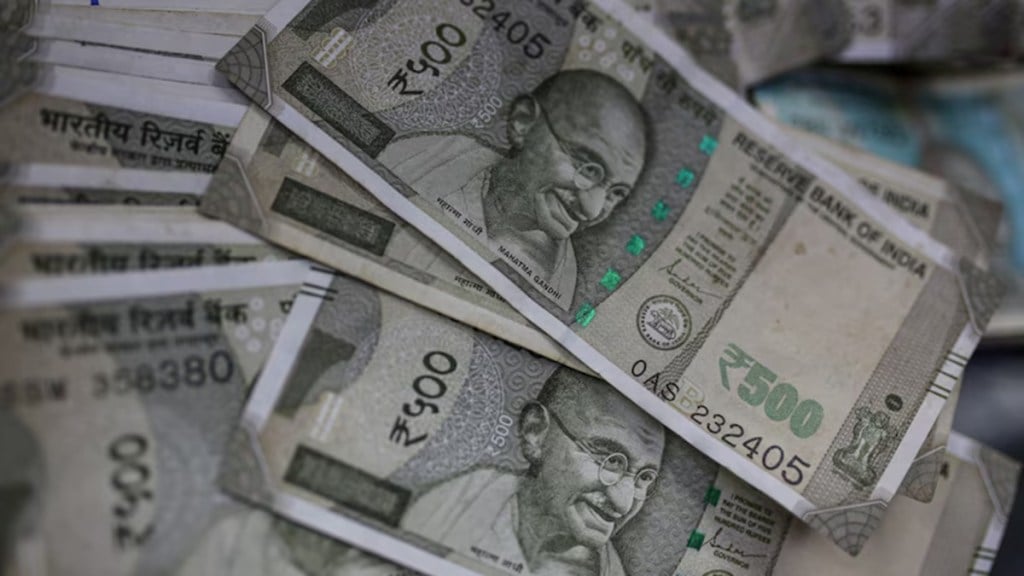While the nation is closing in on the Budget presentation date with Finance Minister Nirmala Sitharaman all set to table the Union Budget in Lok Sabha on February 1, the government is grappling with economic challenges that includes slower domestic growth, escalating welfare expenditures, and the imperative for sustained capital investment. The Budget will unfold against the backdrop of subdued economic momentum, a weakening rupee, and heightened global geopolitical uncertainties, particularly with Donald Trump taking charge as the 47th US President.
Here are five critical expectations from the finance minister, as listed by Motilal Oswal Financial Services Ltd (MOFSL):
1. Conditional interest-free capex loans for states: According to Motilal Oswal, capex loans to the states should be linked with their performance metrics, such as capex achievement against budget targets and the welfare-to-capex ratio. For instance, states with a higher focus on welfare schemes (eg, monthly stipends) should be scrutinised before receiving interest-free loans. This, it said, will help ensure fiscal responsibility while addressing the Rs 1 trillion capex shortfall anticipated in FY25.
2. Simplify taxes and reform dividend taxation: With indirect taxes accounting for approximately 60 per cent of total tax receipts, simplifying GST slabs and reducing these burdens will enhance disposable incomes. Motilal Oswal said, “Address the double taxation on dividend income by making it tax-deductible for companies or reverting to earlier practices. These measures could provide relief to investors and improve tax compliance.”
3. Focus on household income over consumption: The brokerage firm said that the household income must take precedence over boosting consumption. Measures that could support the construction sector, which is the country’s second-largest employer, and providing non-inflationary aid to MSMEs would help bolster incomes sustainably. Motilal Oswal batted for targeted assistance to MSMEs, which can help the sector remain competitive and integrated into the formal economy.
4. Commit to fiscal consolidation and capex growth: Despite slower revenue growth, Motilal Oswal said, the government should target a fiscal deficit of 4.5 per cent of GDP in FY26 while increasing capex by 10-15 per cent. FY25 spending is projected to hit a six-year low of 14.3 per cent of GDP, making a capex boost critical for economic momentum. According to CGA data, GoI’s capital expenditure contracted in the first seven months by -14.7 per cent and for realising the budgeted annual growth of 17.1 per cent, GoI’s capital expenditure would need to grow by 60.5 per cent in the remaining five months of the fiscal year.
5. Recognise limitations in stimulating corporate investments: Corporate capex grew at just 8 per cent CAGR from FY20 to FY24 despite a steep tax cut in 2019. Motilal Oswal said that policymakers should focus on creating a favourable environment for sustainable investments, especially as government capex grows at 16 per cent CAGR over the same period.
A snapshot of key numbers
While experts are hoping for the government to increase their capital expenditure growth while also ensuring domestic demand pick up and rise in investment rate, here is a look at the key numbers that will affect the decisions by the finance minister.
Fiscal deficit trends: According to the latest data from the Controller General of Accounts (CGA), the Centre’s fiscal deficit reached Rs 8.5 trillion or 52.5 per cent of budget estimates (BEs) for pril–November FY25, up from 50.7 per cent in the same period last year. A major driver for this was the earlier devolution of Rs 2.43 trillion in taxes to states by January 2025, representing nearly two-thirds of the annual target.
Tax collections: Gross tax collections reached 59 per cent of budget estimates as of Nov 2024, slightly lower than the previous year’s 61 per cent. Indirect taxes outperformed at 64.2 per cent of budget estimates, while direct taxes lagged at 54.9 per cent.
Expenditure patterns: According to data released by Controller General of Accounts (CGA), total expenditure incurred by the centre stood at Rs 27.41 lakh crore by November-end, which is 56.9 per cent of the full year target. This was driven by a 12 per cent year-on-year decline in capital spending to a 15-year low of 46.2 per cent. Meanwhile, revenue spending grew to 60.1 per cent of budget estimates, slightly above last year’s 59 per cent.
FY25 capex outlook: According to Motilal Oswal, the government may miss its capital expenditure (capex) target by Rs 1 trillion, totalling Rs 10 trillion against the Rs 11.1 trillion estimate, for the financial year 2025. Even with 40 per cent growth in the last quarter, the fiscal deficit for FY25 is projected at Rs 15.5 trillion, or 4.8 per cent of GDP—better than the budgeted 4.9 per cent.
FY26 projections: Per experts at Motilal Oswal, gross tax growth is forecast at 10.6 per cent, leading to an 8.3 per cent rise in total receipts. Capex is projected to grow by 10-15 per cent, while revenue spending is estimated to increase by 5.5-6 per cent.

